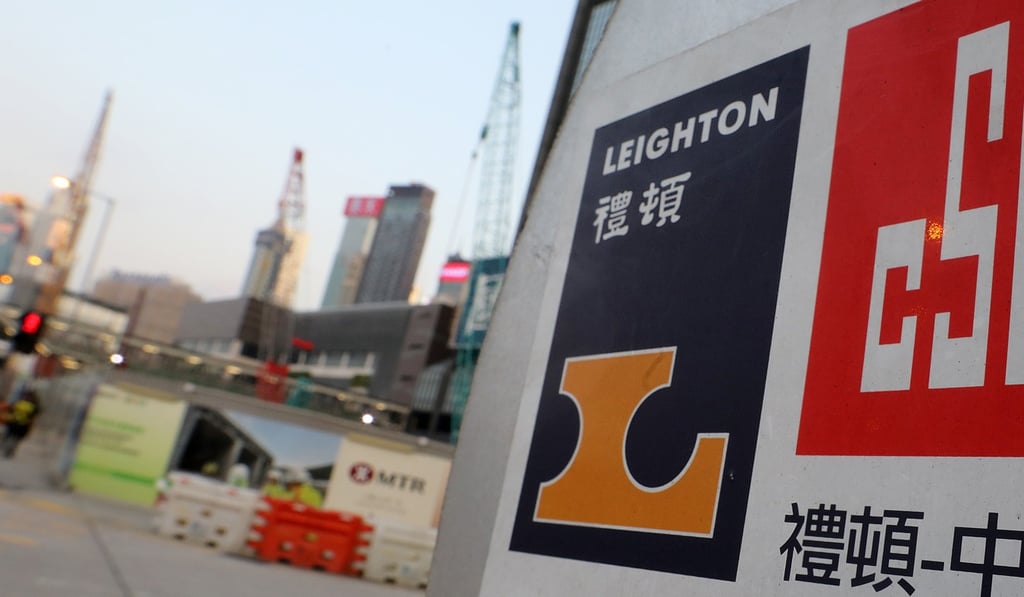Builders on HK$97 billion Sha Tin-Central link did cut corners but public safety was never threatened, says Hong Kong commission of inquiry
- Commission rules Leighton Contractors (Asia) did not complete work as planned
- But job meets required standard and there is no need to rebuild platforms at Hung Hom station

A top-level investigation into a construction scandal surrounding the HK$97.1 billion Sha Tin-Central link has concluded that work on the rail line was not executed to plan, but the affected parts of the project were safe.
Hong Kong Chief Executive Carrie Lam Cheng Yuet-ngor on Tuesday said the commission of inquiry had ruled that Leighton Contractors (Asia), the main firm on the job, deviated from the agreed design when building new platforms under Hung Hom station.
“Even so, the panel thought the construction work had satisfied safety standards,” Lam said.
This should help allay public concerns over the project’s safety, she added.

But the commission described the issues as “isolated and sporadic incidents”.
“The commission is satisfied that this was not a widespread nor systematic failure,” it said, and added that there was no need to rebuild the structures in question.